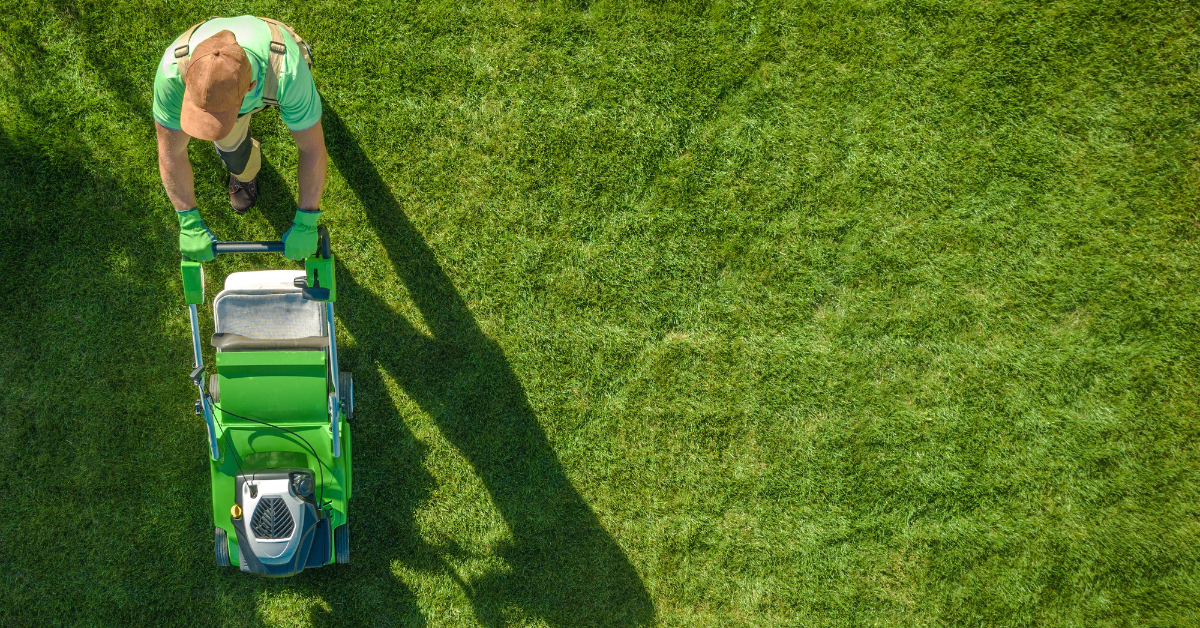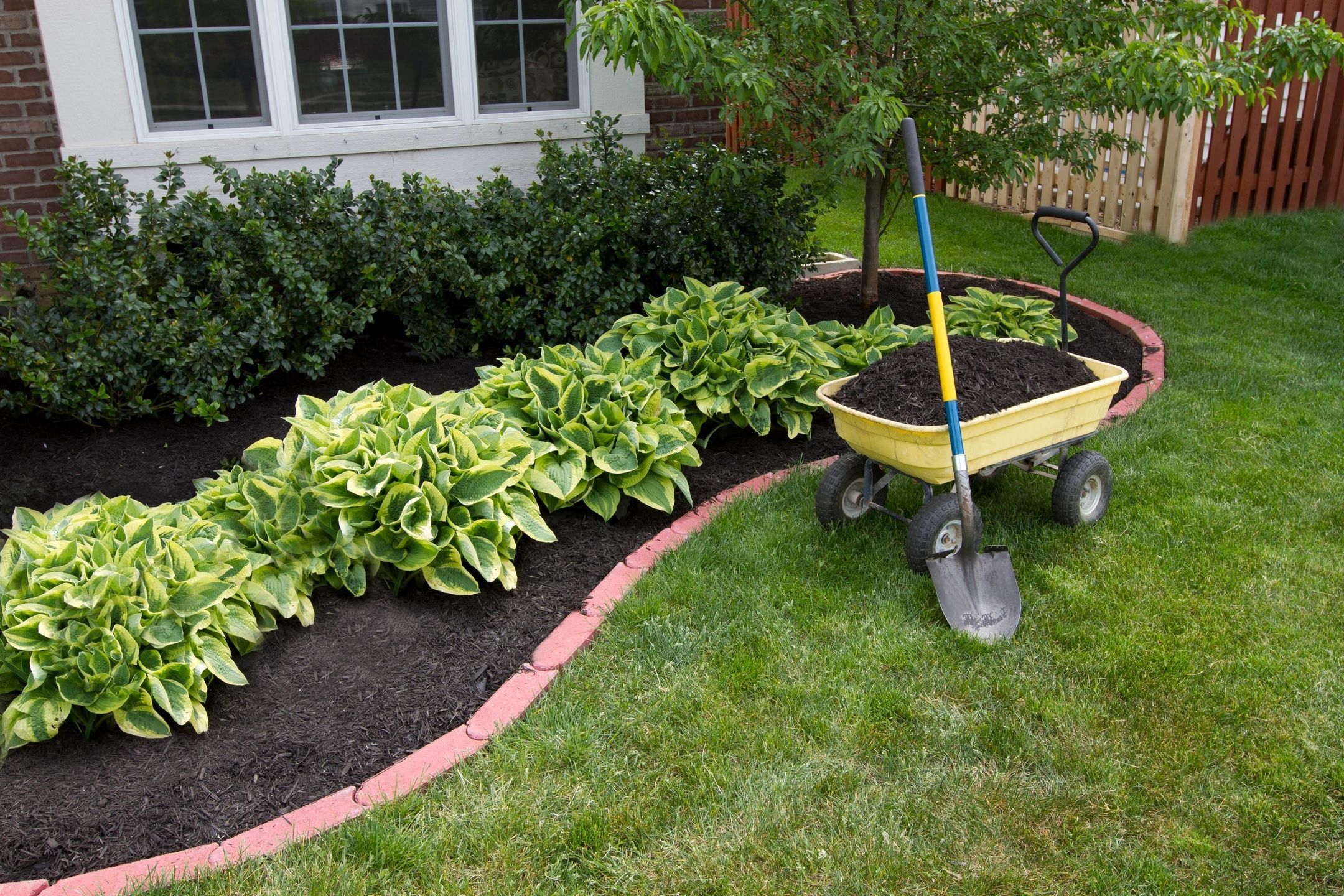Why Spring Clean Up Is Actually About Summer Success
The Secret Most Landscapers Won’t Tell You
Most homeowners think Spring Cleanup is just about making your yard look nice after winter. A quick rake, a trim here and there, maybe some new mulch, and you’re good to go… right?
Wrong.
At Black Swan Landscaping, we approach Spring Clean Up with summer in mind. Here’s why that matters to your GTA property.
The Hidden Problems Lurking in Your Yard
When snow melts and reveals your yard, what you’re seeing is just the surface. Below the visible debris lies a complex ecosystem that’s been dormant—and potentially developing problems—all winter long.
Here’s what’s happening beneath the surface:
1. Compacted Soil
Heavy snow and ice compress your soil, reducing oxygen flow to grass roots and creating the perfect conditions for fungal diseases when temperatures rise.
2. Thatch Buildup
That layer of dead grass between your lawn and the soil? If it’s thicker than ½ inch, it’s preventing water and nutrients from reaching roots.
3. Winter Salt Damage
Road salt and ice melters used throughout GTA winters create soil salinity issues that can burn your lawn come summer.
4. Pest Hibernation Spots
Yard debris provides the perfect winter shelter for pests that will emerge hungry in summer, targeting your prized plants.
What Sets Black Swan Landscaping’s Spring Clean Up Apart
Our comprehensive approach includes:
Professional Grass Cutting
Not just a cosmetic trim, but a calculated first cut that stimulates proper growth patterns for the entire season.
Strategic Bed Edging
We create proper separation between lawn and garden beds that prevents grass invasion and makes summer maintenance easier.
Selective Branch Trimming
Our experts identify and remove only the branches that would compete for resources or create shade problems in summer.
Thorough Dead Growth Removal
We don’t just rake the surface—we hunt down ALL winter-killed vegetation that harbours diseases and pests.
Complete Debris Clearing
From hidden corners to under shrubs, we remove everything that could become a problem later.
Soil Preparation
We till and aerate where needed to ensure your soil can absorb water and nutrients throughout summer.
The Cost of Waiting
Every week you delay Spring Clean-up adds to your summer maintenance costs. Here’s the math:
- Treating lawn fungus: $300-600
- Grub control: $250-400 per application
- Intensive summer weed treatment: $200-350 per visit
- Replacing dead patches: $4-8 per square foot
OR
One comprehensive Spring Clean-up: Starting at $695
Black Swan’s Spring Clean-up Package
Our standard package includes:
- Up to 5 hours of expert labour
- All equipment and tools
- Compostable lawn bags
- Detailed property assessment
- Summer preparation recommendations
- Optional yard waste removal ($200 per truckload)
Additional labour available at a discounted rate.
Book Now Before Summer Problems Take Root
Our Spring Clean up calendar fills quickly each year, with limited spots available Call (647) 271-8275 or email us at [email protected] today to secure your spot.
Black Swan Landscaping serves the Greater Toronto Area, Simcoe County, and Muskoka regions with professional landscaping services that make the impossible possible.

